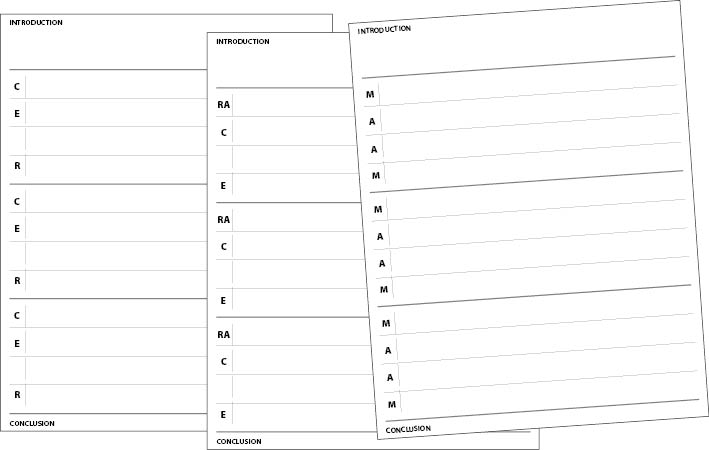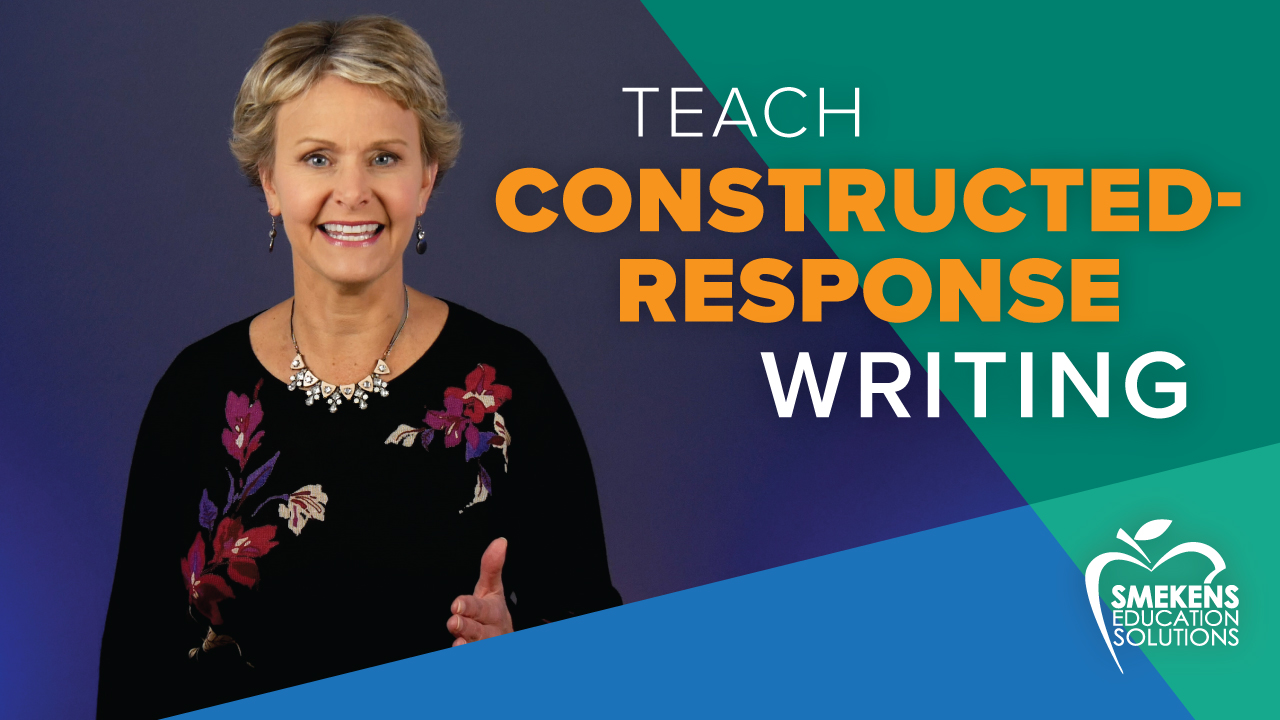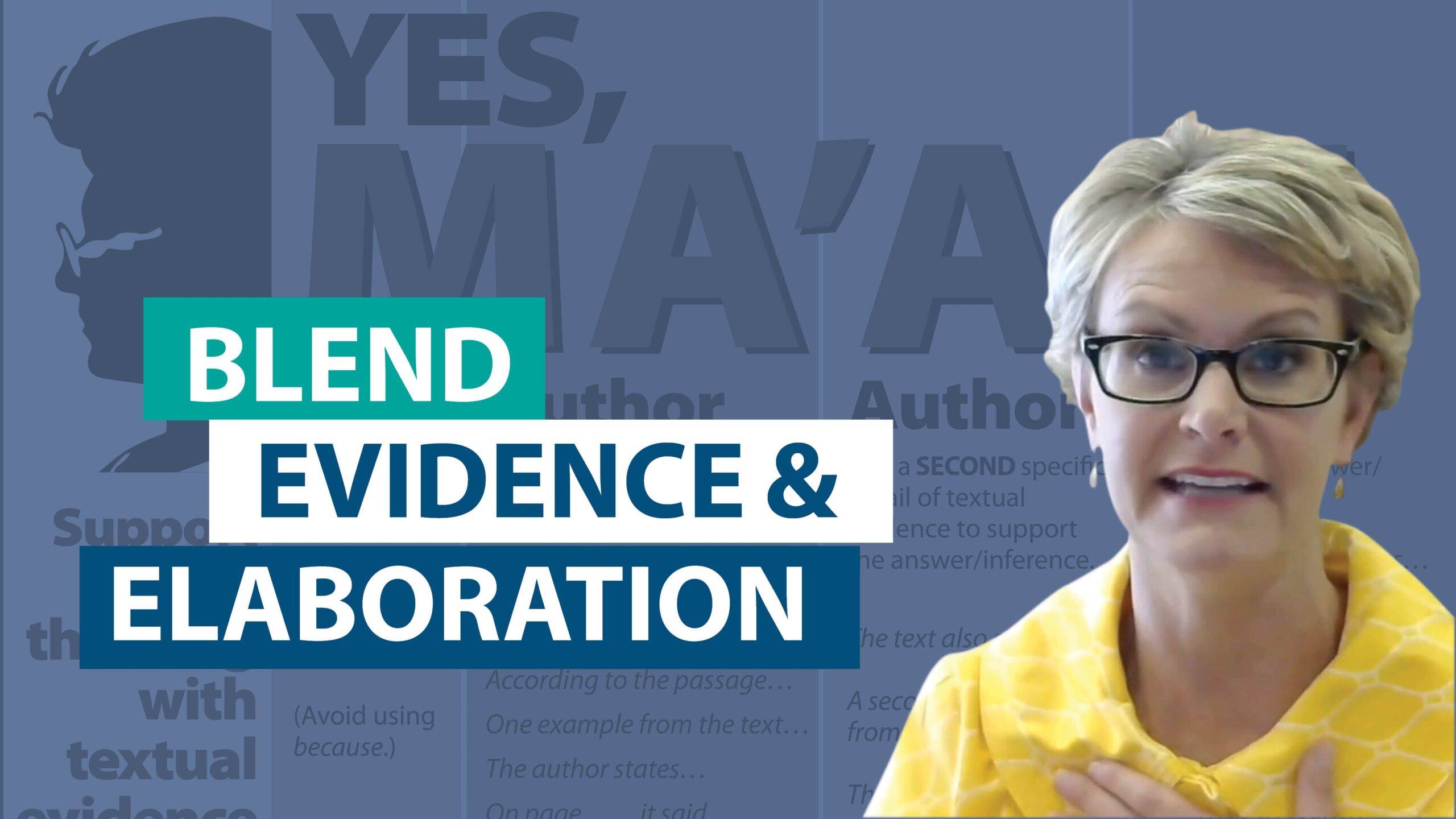Learning Center
reading
Adapt Yes, MA’AM (RACE or CER) for longer essays
october 3, 2023
Many are familiar with how to craft a short or brief constructed response.
While working well for short written responses, this same structure can also be adapted to generate longer, extended reading responses. For example, after reading multiple articles on the same topic or issue, students might be asked to write an essay explaining an idea or arguing/persuading a position.
This doesn’t require a new format; use the same constructed-response formula that students are already familiar with. Just show them how to supersize it.

MAAM Google Slide | Jamboard | PDF
RACE Google Slide | Jamboard | PDF
CER Google Slide | Jamboard | PDF
Introduction
Within the introductory paragraph, students should identify the topic or issue from the prompt and briefly summarize the texts that they read. In addition, they need to reveal their thesis statement—What are they comparing? What are they claiming? What are they arguing? What are they explaining?
Body paragraphs
After the introduction, each body paragraph is generated by applying the constructed-response formula.
- Students state their first reason, inference, or synthesis. This is the /M/ in MAAM, the /RA/ in RACE, or the /C/ in CER.
- Support this topic sentence with evidence pulled from the different texts. This is the /AA/ in MAAM, the /C/ in RACE, or the /E/ in CER.
- Conclude the body paragraph by explaining the evidence. This is the final /M/ in MAAM, the /E/ in RACE, or the /R/ in CER.
Constructed responses produce a single paragraph because students are only inferring a single answer. However, extended responses or performance tasks require the reader to generate several new ideas—each represented with its own body paragraph. These multiple paragraphs are stacked to create the body of the essay.
Conclusion
Once all reasons and inferences are completed, students round out the essay with a concluding statement or section.




